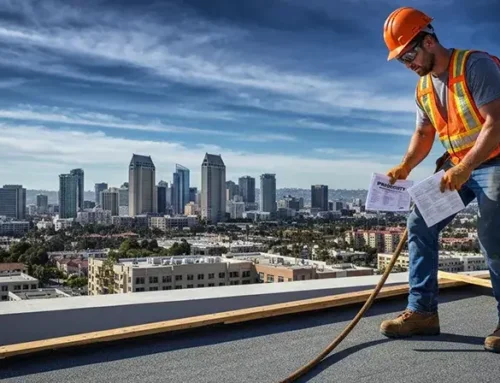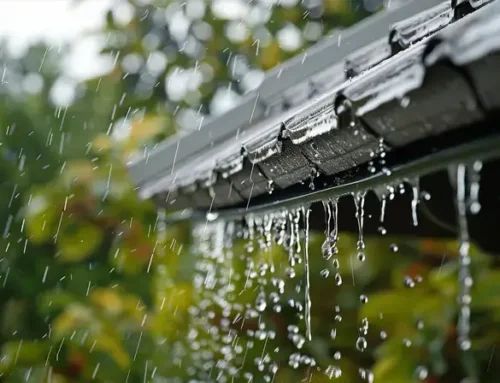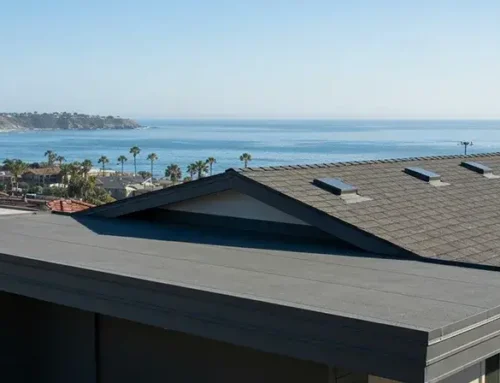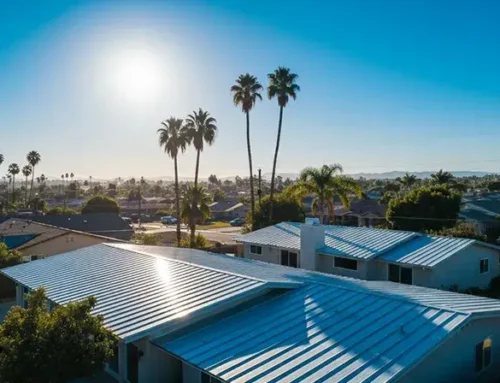When it comes to shingling your roof, timing is everything. You don’t want to be caught in the scorching heat of summer or freezing temperatures of winter while trying to install new shingles on your home. But when is the best time?
Is there a perfect temperature range that ensures a safe and long-lasting installation? In this blog post, we’ll explore the different factors that determine when you should tackle this important home improvement project and how to do it safely for the best results.
From hot to hotter to hottest, let’s find out when it’s safe to shingle your roof!
Introduction to Roof Shingling
When it comes to roofing, shingles are one of the most popular materials used. They are relatively easy to install and come in a variety of colors and styles to choose from. But before you start shingling your roof, there are a few things you need to know.
The first thing to consider is the weather. You don’t want to be shingling your roof in full sun or in the middle of a heat wave. Shingles can get very hot, and if you’re not careful, you could end up with a nasty sunburn. Wait for a cooler day to do the roofing job yourself.
Another thing to keep in mind is the type of shingles you’re using. Asphalt shingles are the most common, but there are also cedar and slate options. Each type has its own installation process, so make sure you know what you’re doing before you start.
Always use extra caution when working on your roof. It’s easy to slip and fall, so be sure to wear proper footwear and take your time. With these tips and precautions in mind, you’ll be ready to tackle your next roofing project like a pro!
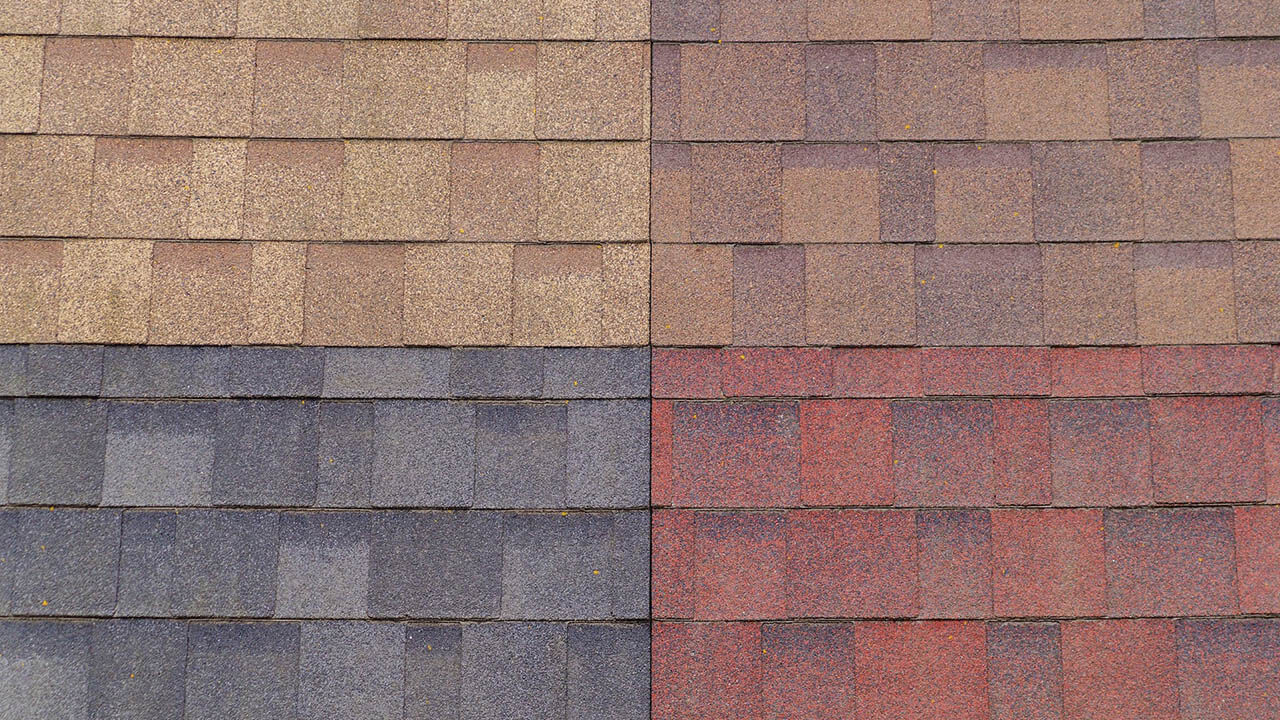
The Dangers of Shingling in Hot Weather
Unlike working in cold weather, shingling your roof is a risky proposition in hot conditions. The heat can cause the shingles to become brittle and crack, which can lead to serious damage to your roof. The UV rays from the hot summer sun can also fade the color of your shingles, making them more susceptible to damage from weathering.
Best Practices for Shingling in Hot Conditions
When it comes to shingling your roof, there are a few things you need to take into account when the weather is hot. The first thing you need to do is make sure that the roof surface is completely dry before starting to shingle. If there is any moisture on the roof, it can cause the shingles to warp and eventually fail.
Another top safety thing to keep in mind is that hot conditions and wind can make an asphalt shingle roof more brittle, so be careful not to break them when you’re working. It’s also important to work in well-ventilated areas and drink plenty of fluids to stay hydrated.
If possible, try to avoid working during the hottest part of the day. If you have to work during these hours, take frequent breaks and try to stay in the shade as much as possible. Wear light-colored clothing and a hat to help reflect some of the heat.
By following these simple tips, you can ensure that your roof will last for many years despite the hot conditions.
How Hot is Too Hot for Shingling?
When it comes to shingling your roof, the temperature can play a big role in the quality of your work. If it’s too hot, the asphalt shingle coating will be too soft and pliable, making it difficult to get a tight seal on the exposed shingles. This can lead to leaks and other problems down the road.
That said, there is no definitive answer for how hot is too hot for shingling. The National Roofing Contractors Association (NRCA) recommends workers avoid installing asphalt shingles in temperatures above 85 degrees Fahrenheit.
However, some manufacturers have different recommendations, so be sure to check with your shingle manufacturer before starting your project.
When installing shingles in warm weather, take extra care to ensure that each row of shingles is properly secured. Start at the bottom of the roof and work your way up, since heat rises.
Alternatives to Roof Shingling in Hot Weather
In hot temperatures, it is important to take care when shingling your roof. If the temperature of the asphalt shingle used is too hot, the shingles can become brittle and break. There are a few alternatives to traditional roof shingling that can be used in hot temperatures:
- Cool roof shingles: These are specially-designed shingles that reflect direct sunlight and heat away from the home. This can withstand direct exposure and help keep the home cooler in hot temperatures. It may also help reduce energy costs.
- Metal roofing: Metal roofs are good at reflecting heat away from the home, which can help keep it cooler in hot weather. Metal roofs are also very durable and long-lasting.
- Thatched roofs: Thatched roofs are made from plant materials, such as straw or reeds. They have a natural insulating quality that can help keep homes cooler in hot temperatures.
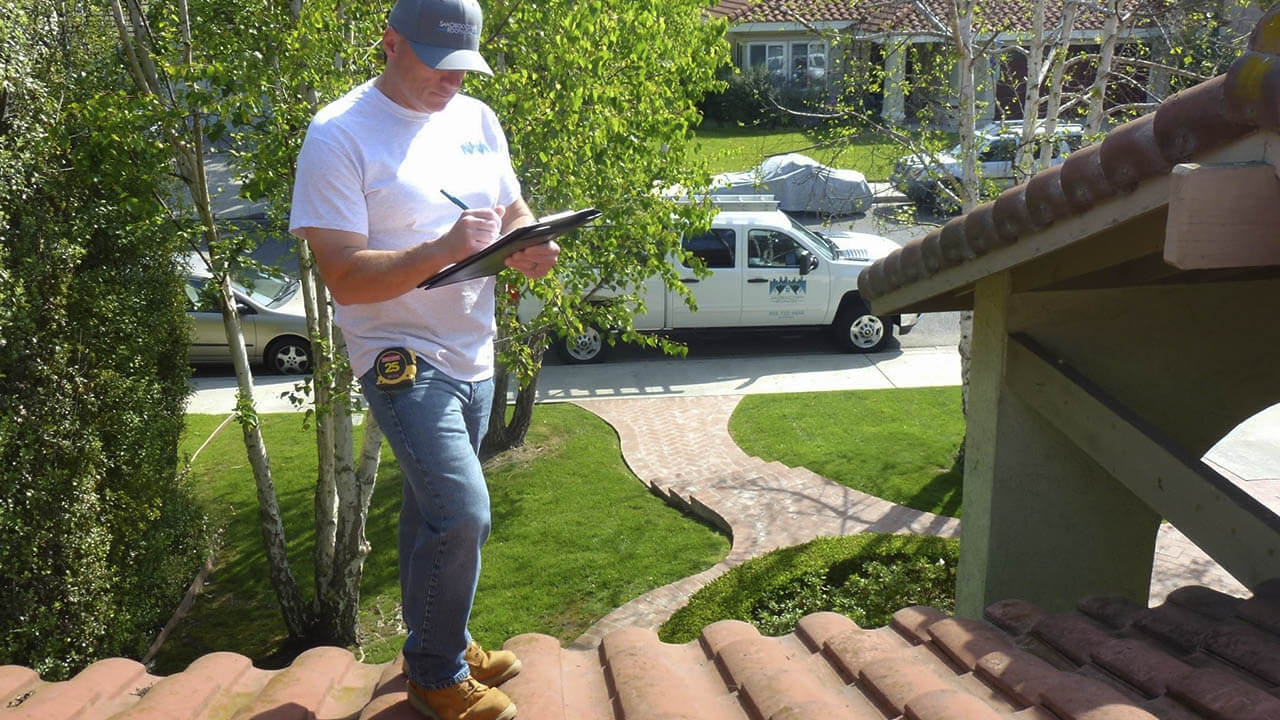
Conclusion
When it comes to shingling your roof, timing is key. It’s always best to install new shingles during the cooler months when cold temperatures are below 100 degrees Fahrenheit for optimal adhesion and protection against heat damage. While you may be tempted to get the job done quickly in hot weather, keep an eye on the heat index and weather forecasts.
San Diego County Roofing & Solar specializes in shingled roof installation and we can handle residential and commercial roof projects of all sizes.




